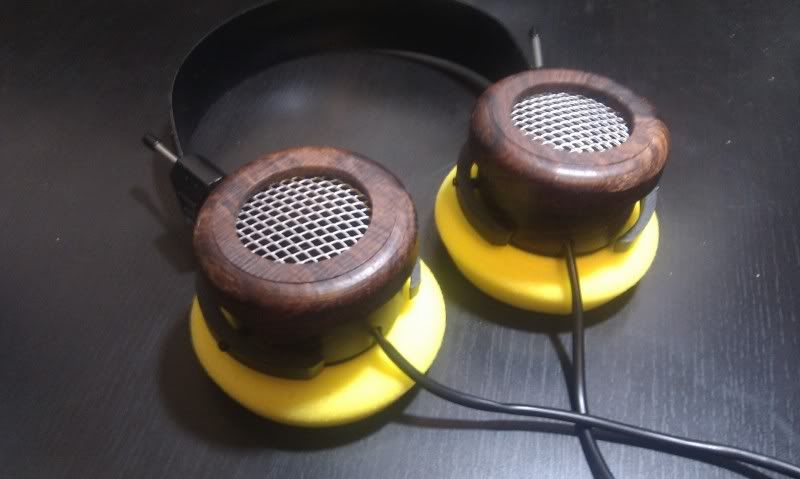Bilavideo
Caution: Incomplete trades.
- Joined
- Feb 29, 2008
- Posts
- 3,101
- Likes
- 128
Here is a question for those who have made their own shells. How have you sanded the rings and finished them once cut out. I have had problems all along with my Mahogany, but even worse with the Padauk I cut yesterday that even after repeated sanding of the sides, I can't get the grain to show like it should/how I want it to. The front face (flat portion) is no problem, it comes out looking great. However the sides of the ring are another story.
I started out rotating the ring in some 120 grit to smooth down the inherent rings from the hole saw. Then have moved to 400 grit trying to follow the grain (which isn't easy on a ring), then to 600 grit to finish. But I always get some fuzziness in the wood and a lack of nice stand out grain, something that I see Bill's Coco cups or Al's dont seem to be lacking. I have even tried a thin coat of lacquer before sanding to try to seal things, but that really hasn't worked.
Any suggestions how to get a great finish like you others are getting would be hugely apprecaited. I am really getting discouraged.
I cut the shells, using three hole saws to get my double walls. I then bring my shells to my grinder/sander combo, a Sears stand-alone I bought at a garage sale. I sand the shells till they're smooth. I don't do anything special in that regard. I then wipe away the extra sawdust and apply a clear coat of high-gloss lacquer. I'm a brush guy. I've tried sprays but brushing just feels more organic, if that makes any sense. I put the first coat on, let it dry, then put on a second coat. Brushing lets you put on thicker coats. You have to gauge it, though. It's not really a workable coat unless it has that "wet" look but if you put it on too wet, you get runs. Even then, runs aren't the end of the world. You just have to let the lacquer thoroughly draw, then sand it down smooth. If you do this, make sure you wait until you've got hard lacquer; otherwise, you get rubbery residue, which is not going to shine. When that happens, you end up having to sand it off and start over. Essentially, the drip is nature's way of telling you to slow down, cowboy. With sprays you can put little microcoats on, but you end up having to spray a lot to get very far. With brushing, I have found I get a good coat after I've laid down a minimum of five good layers. At about seven, you're looking at glass and it's terrific.
There are different schools of thought when it comes to lacquer. Some are totally against it out of the concern that it makes the wood more brittle. It closes the little microgaps, sealing and smoothing them over. On the other hand, that's on the outside and nobody ever accused wood shells of being sponges or straws. I like to at least give the wood a single coat because it protects the wood and brings out the grain finish. Even after sanding, I don't really know what the wood really looks like until I've applied the lacquer. It makes a huge difference in appearance, as big a difference as sanding. That said, I usually don't touch the inside of the wood, even if that leaves an archaeologist's trail of artifacts showing splotches of runaway stain or lacquer (I only use stain with the cheaper, light-colored woods). Nobody is going to look inside the shells, once the grills are applied. I personally think the rough appearance of interior wood is helpful in diffusing sound refractions and avoiding spikes and standing waves.
























